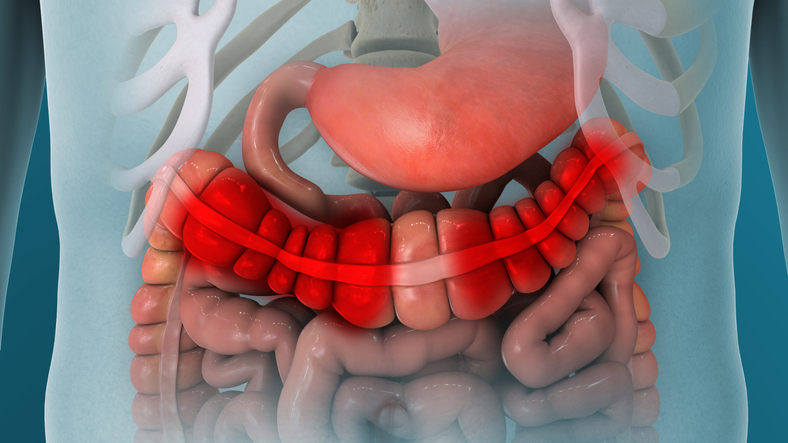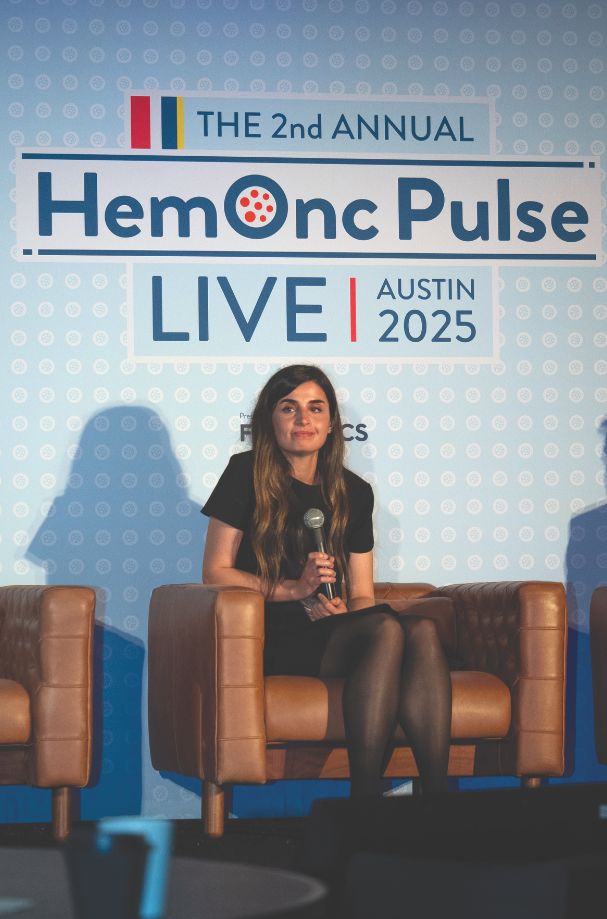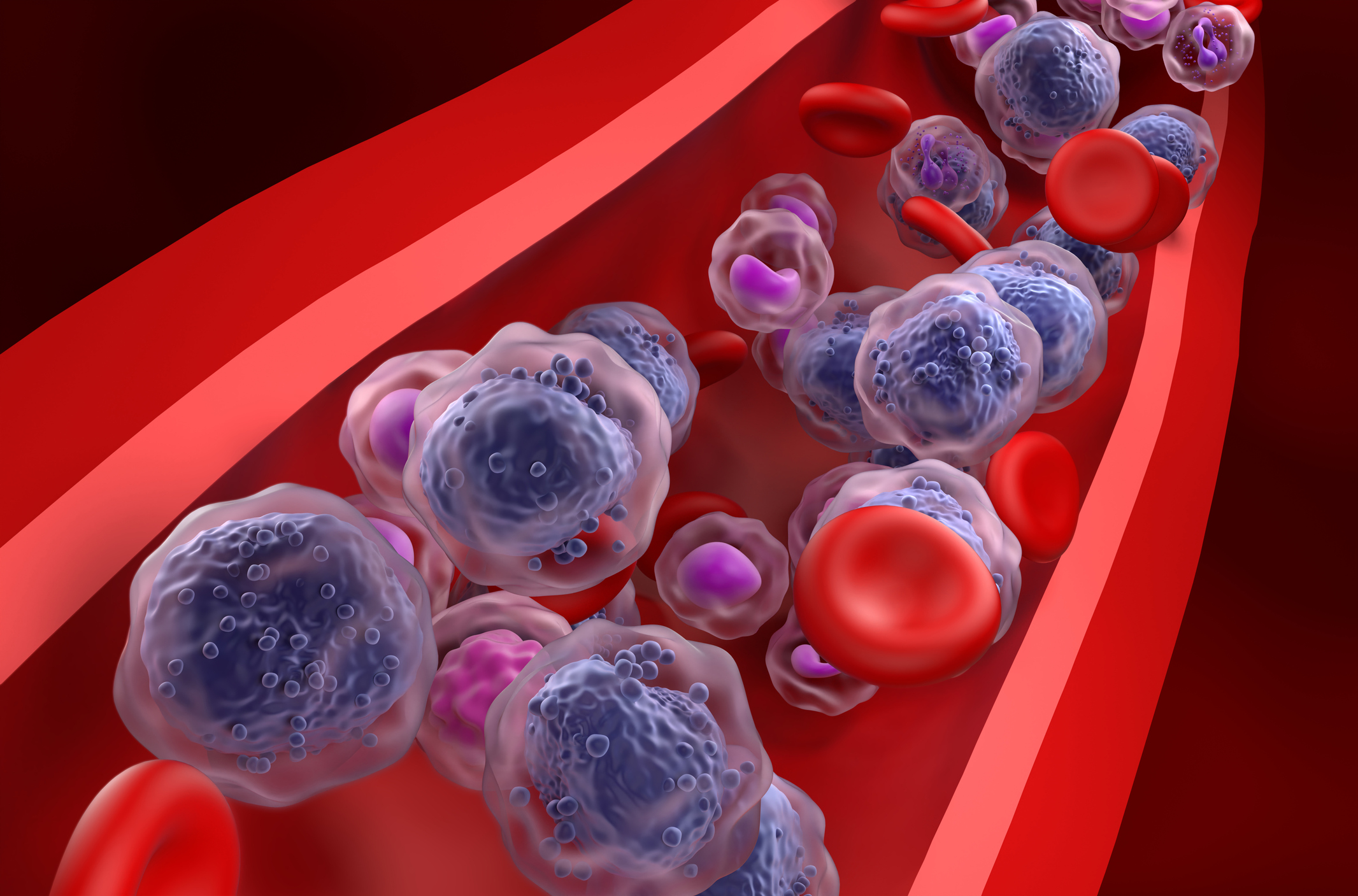Dr. Badar on the Prognostic Heterogeneity of U2AF1 Pathogenic Variants
By Talha Badar, MBBS, MD, Cecilia Brown - Last Updated: October 23, 2023Talha Badar, MBBS, MD, of the Mayo Clinic, discusses his research on U2AF1 pathogenic variants and how they compare among myelodysplastic syndromes (MDS), acute myeloid leukemia (AML), AML/MDS, and clonal cytopenia of undetermined significance (CCUS).
“U2AF1 historically was considered an intermediate-risk marker until 2022 when the European Leukemia Network classified this group of patients [as an] adverse-risk phenotype,” he said, noting that previous research has shown heterogeneous outcomes among patients with myelofibrosis who have the mutation.
Due to this, Dr. Badar and colleagues investigated U2AF1 pathogenic variants in other hematologic malignancies. The study included 179 patients with U2AF1 mutations who had MDS (n=108), MDS/AML (n=18), AML (n=31), or CCUS (n=22).
“We tried to learn how it is different in patients with MDS/AML in contrast with patients with myelofibrosis,” he said. “Historically there is some data showing the heterogeneity between the two most common variants which are observed in patients with myeloid neoplasms.”
Across the entire study population, the two most frequent U2AF1 mutations were S34F (n=97) and Q157P (n=46).
“We found that S34F was more prevalent in MDS and AML compared to Q157P, that would be one contrasting feature we found … among patients with myelofibrosis compared to MDS and AML,” Dr. Badar said.
He also discussed concurrent mutations, which the researchers detected in 91% of patients who had the Q157P variant, significantly higher than the concurrent mutation rate of 74% in patients with the S34F variant (P=.01). However, abnormal karyotype was more common in patients with the S34F variant (70%) than in those with the Q157P variant (62%; P=.05).
Furthermore, they found that the S34F variant of U2AF1 clustered with BCOR mutations (P=.04) and the Q157P variant clustered with mutations in ASXL1 (P=.01) and TP53 (P=.03).
Dr. Badar also discussed outcomes, noting that patients with a Q137P variant “had a significantly adverse outcome” compared to those with an S34F variant. The overall survival (OS) of the entire cohort was 26.5 months. However, patients with the S34F variant had an OS of 37.1 months, compared to 14.2 months in those with the Q137P variant (P=.008).
Dr. Badar highlighted the implications of the study and its results.
“In future updated risk stratification tools, we should focus not only on the mutation, but also the allelic burden, as well as sequences that have a meaningful impact in determining outcomes of these patients,” he said.






 © 2025 Mashup Media, LLC, a Formedics Property. All Rights Reserved.
© 2025 Mashup Media, LLC, a Formedics Property. All Rights Reserved.